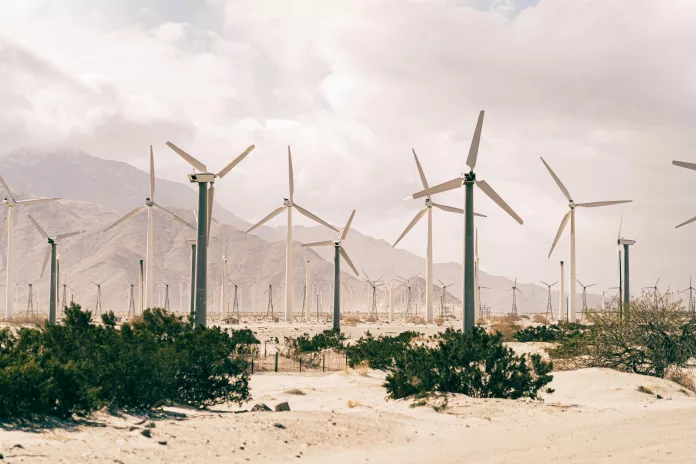It was a landmark year for renewable energy, witnessing a 50% surge in capacity over the previous year. This impressive stride brings the global community closer to realizing the ambitious targets set at COP28—a tripling of renewable capacity by the 2030 deadline.
Solar Energy Takes the Lead
Solar power has emerged as the powerhouse among renewables, representing a significant 75% of the hefty 510 GW capacity newly injected into power grids worldwide. The International Energy Agency‘s recent report, “Renewables 2023,” celebrates this achievement in the realm of sustainable energy.
Regional Highlights in Renewable Capacity Growth
China has significantly carved out its leadership in this arena, deploying an amount of solar capacity in 2023 that mirrors the entire globe’s effort in the year prior. This, combined with a 66% boost in its wind power developments, underscores China’s commitment to green energy. Parallel expansions in the United States, Europe, and Brazil also set new records, endorsing a global momentum towards renewables.
Anticipating Unprecedented Growth
According to the IEA’s forecast, the pace of advancement in renewable energy is far from slowing down. Predictions suggest an extraordinary expansion to 7,300 GW within the upcoming half-decade. This growth, predominantly powered by solar and wind, is set to elevate renewables above coal, crowning them the predominant source of global electricity generation by as soon as 2025.
The Urgent Call for Action Beyond Current Growth
Despite the historic progress in the past year, there remains an uncompromising need to expedite the growth of renewables even further to achieve the tripling goal agreed upon at COP28.
The IEA’s Continued Commitment and Monitoring
IEA Executive Director Fatih Birol underscores the first in a sequence of evaluations designed to monitor the commitments and policy applications post-COP28. He outlined the critical importance of adhering to the five pillars set forth: an upsurge in renewables, augmented energy efficiency, reduced methane emissions, a steady shift from fossil fuels, and enhanced financial support for emerging economies. Birol identifies the scaling of financing as a pivotal factor in the success of these endeavors.
Renewables Shaping the Future Energy Landscape
Dave Jones of Ember, a global energy think tank, contributed his insights into the implications of the IEA’s findings. He delineated the dual objective of the COP28—the amplification of renewable energy and the doubling of energy efficiency—as potential catalysts that can precipitate a 35% dip in energy-related CO2 emissions by 2030. On the horizon, Jones foresees an impending peak and subsequent decline in fossil fuel use within the decade, setting a divergent path against the vast investments flowing into the oil and gas sector. The consequential dissonance between supply and demand could, as early as 2024, transform how renewables are perceived by the fossil fuel industry—from mere disruptors to existential threats.
As the IEA report triggers discussions and stokes ambitions, it is evident that the renewable energy sector is not just evolving; it is poised to reshape the very fabric of global energy consumption and generation. The race to meet COP28’s goals is not just on pace but is gathering velocity that could redefine our relationship with energy in the years to come.

























